How to make practising piano or keyboard scales more fun
Here's how to make your practice a blast
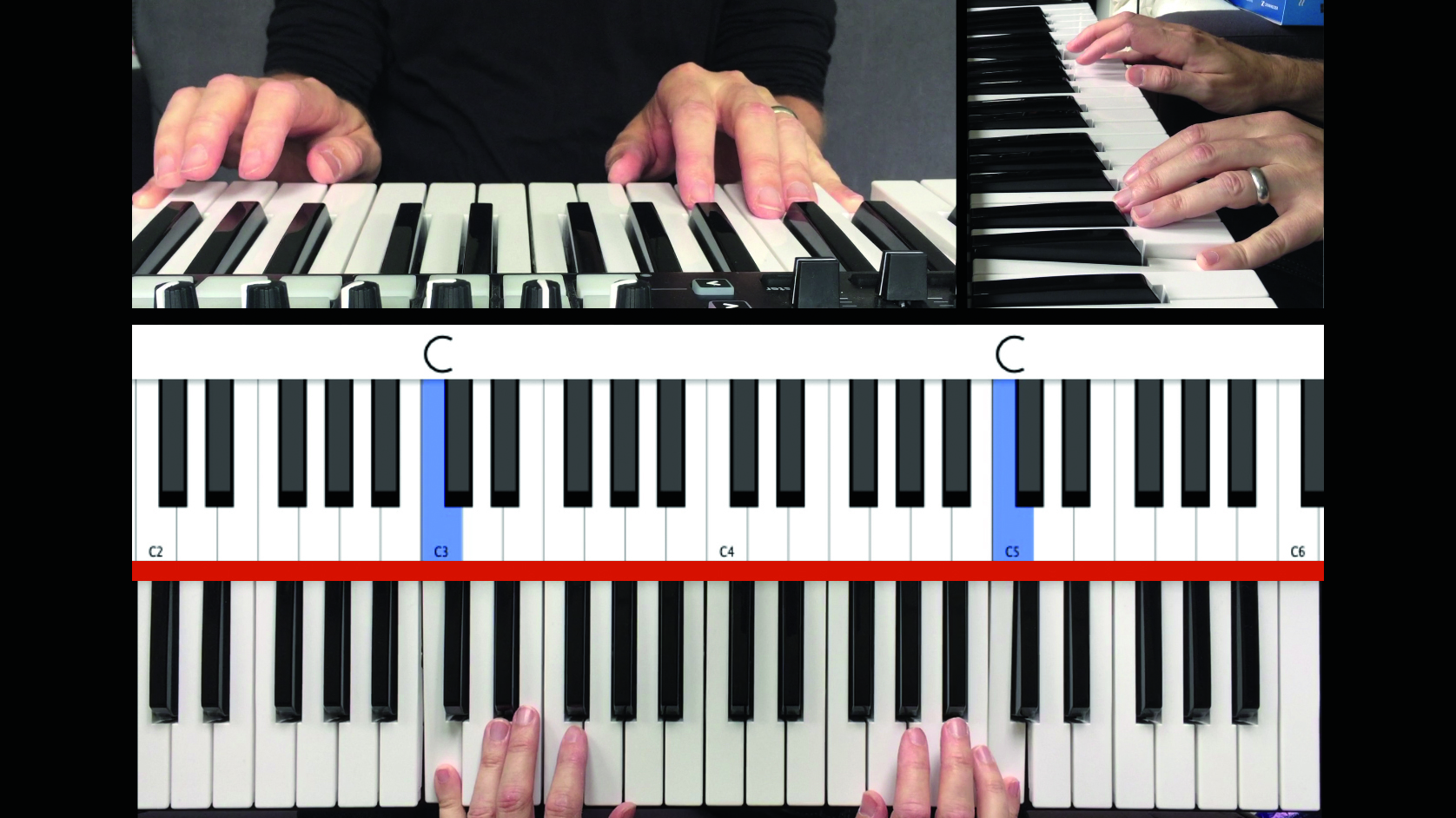
While useful for improving your piano or keyboard skills, scales aren’t that interesting to play, but there are ways to make them a more musically rewarding experience. Here's an exercise that will do precisely that...
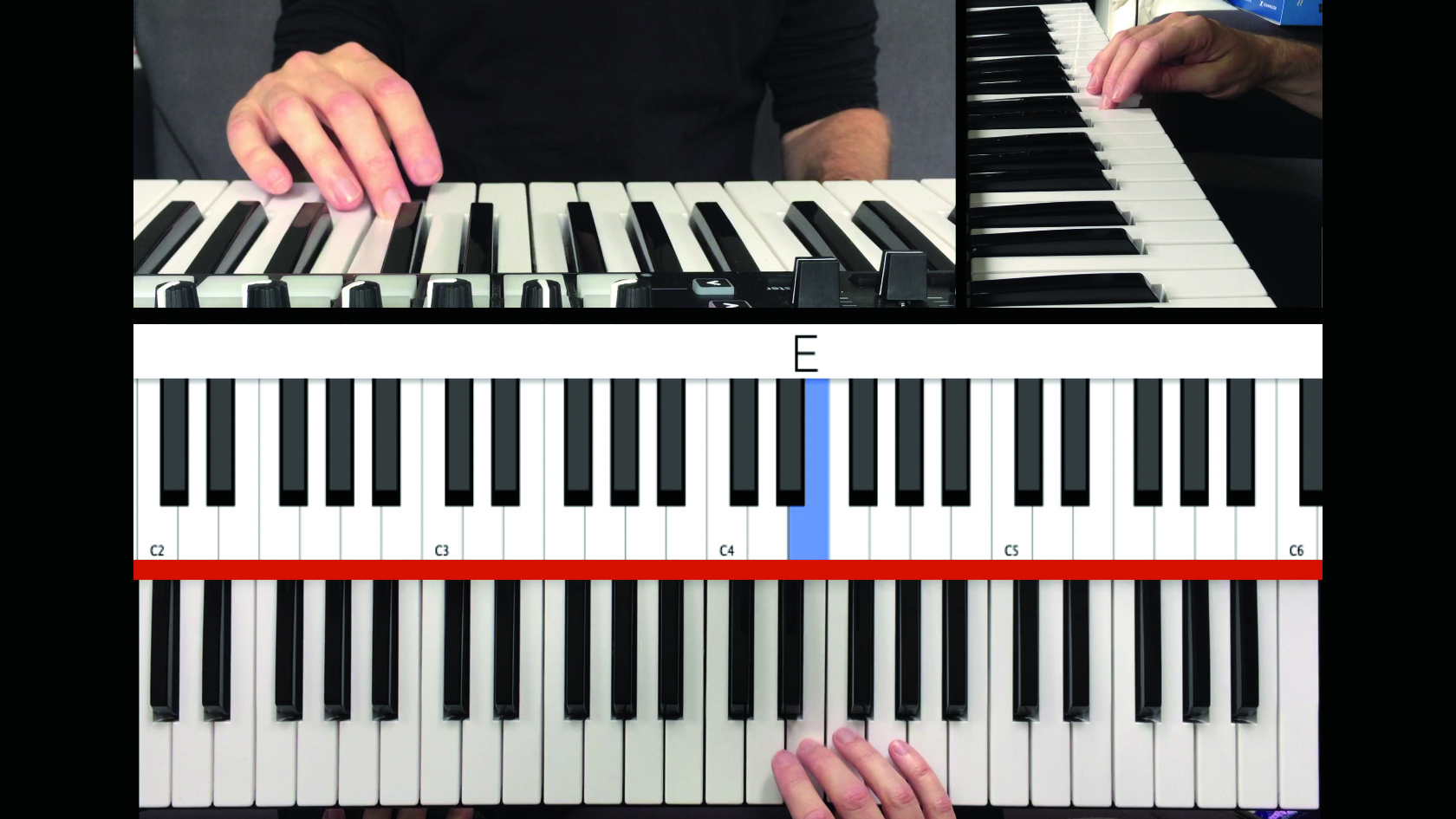
Step 1: Let’s start with the C major scale, which as we know contains C, D, E, F, G, A and B. This is a palette of notes from which you can create music, so let’s do just that.
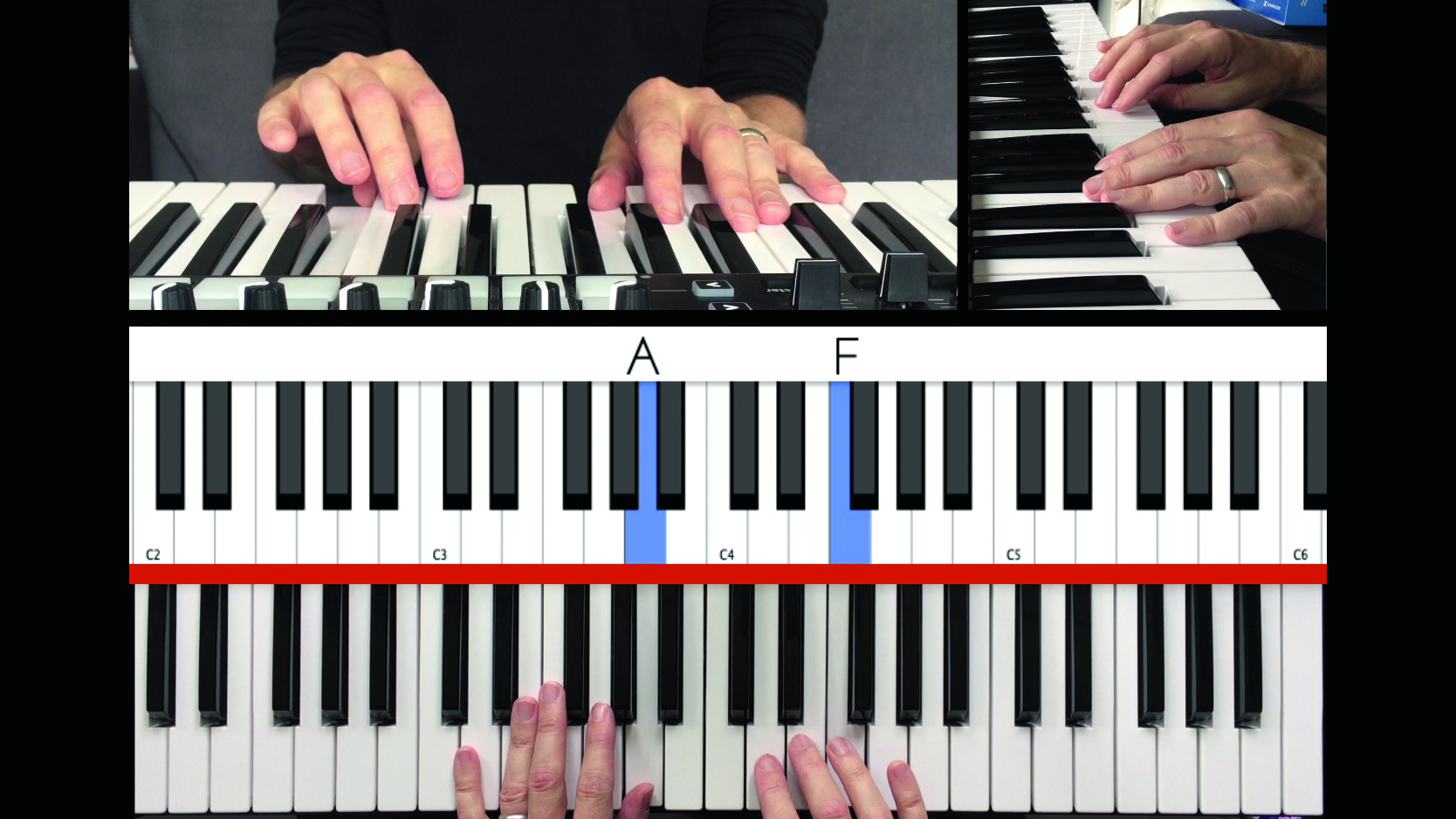
Step 2: We’ll play a normal C major scale in the right hand, but accompany it with a left hand part to make it a bit more interesting. As you play the scale, hold down an A key with your left hand – using any finger you like. Notice how the tone of the scale has changed: that A in the bass has made it sound cooler and less like a nursery rhyme.
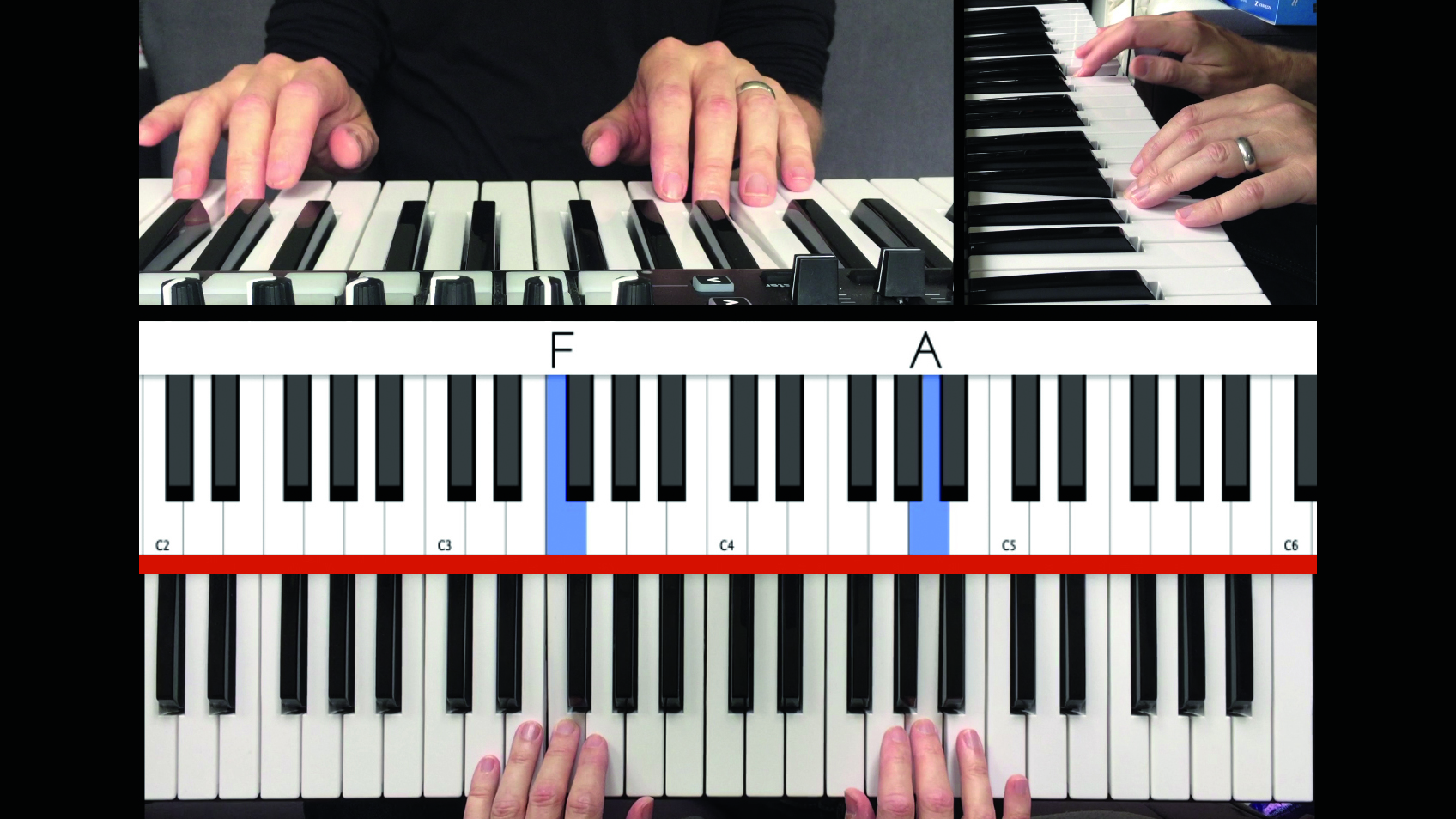
Step 3: Let’s try another bass note. After playing the scale around a couple of times with the A in the left hand, continue the scale but switch to F in the left hand. Sounds different again right? What we’re doing is forming a chord progression under the scale (even though we’re not using any actual chords yet).

Step 4: Those new bass notes are suggesting chords to our ears that are based on the notes the left hand is playing. Let’s add another note to the progression – try C this time. C is the normal bass note for the scale, so we’re used to hearing it, and because of this the scale sounds normal again.
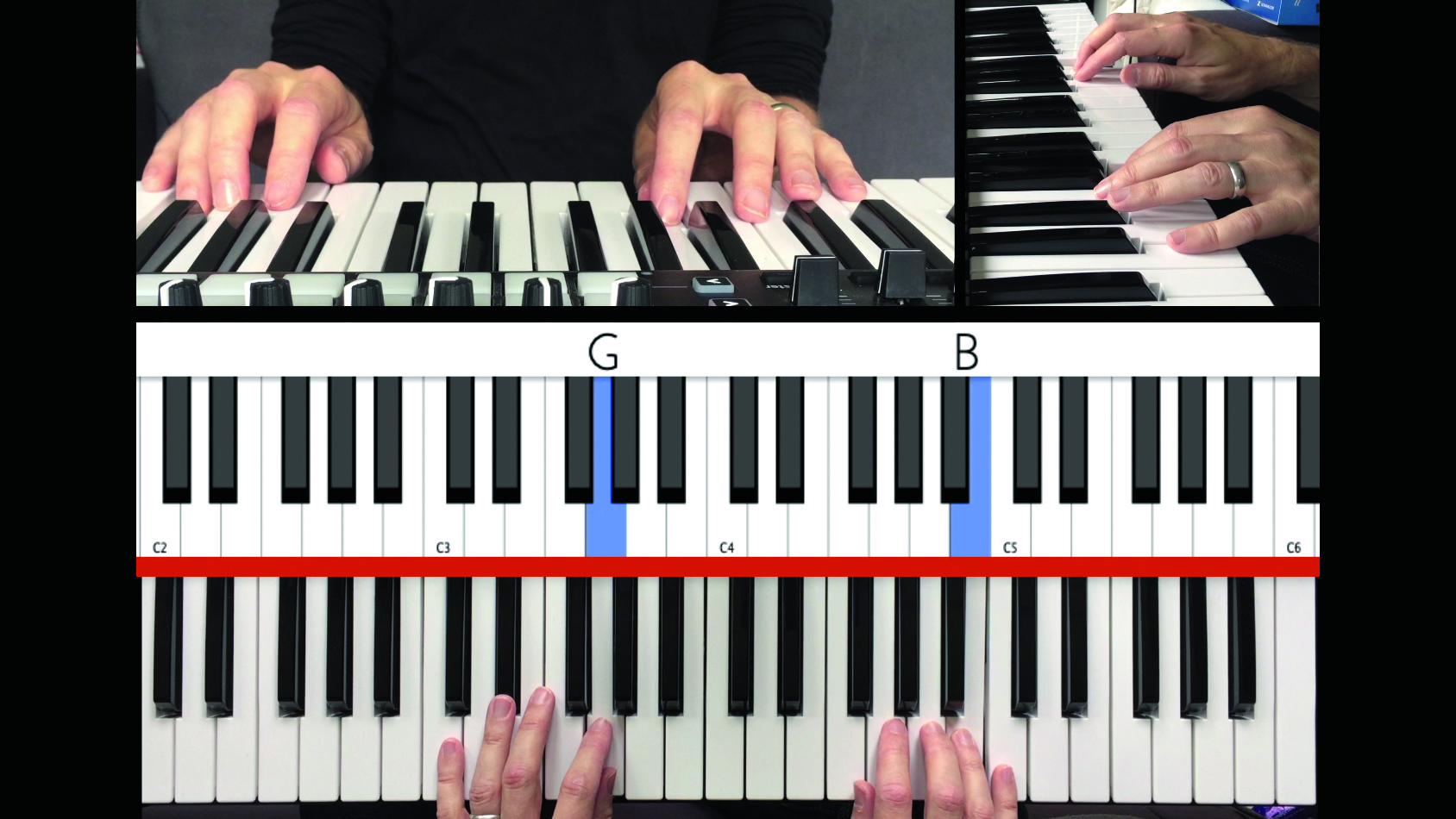
Step 5: For a fourth and final bass note, play the scale over a G note. So now we’ve played the scale over four different bass notes – A, F, C and G – ie, the sixth note of the scale, the fourth note of the scale, the root note and the fifth. This suggests a progression of vi-IV-I-V. and we can use those left hand notes as root notes for diatonic chords.
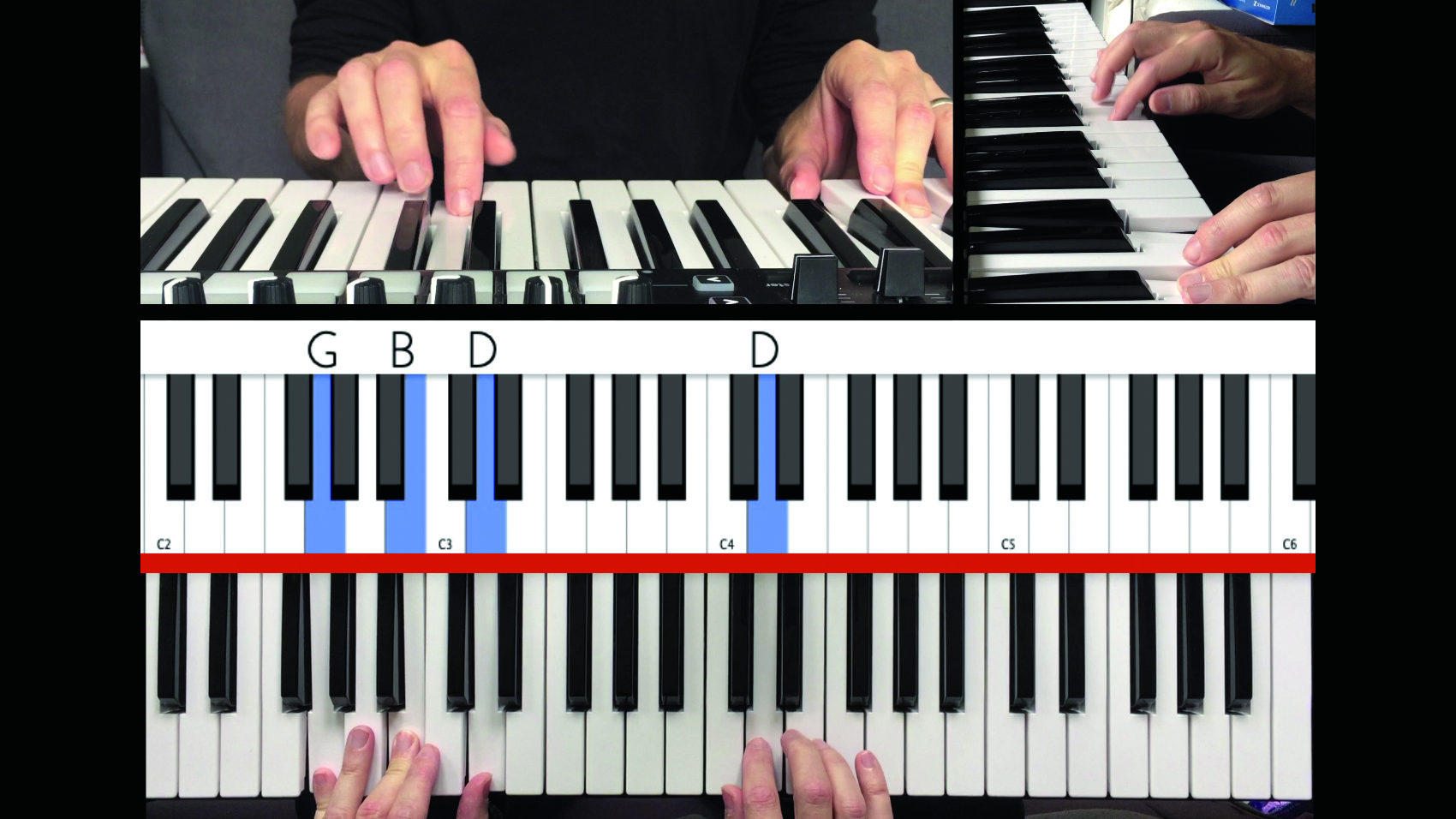
Step 6: So if we build diatonic chords from those root notes using only notes that occur in the C major scale, we get Am-F-C-G – a common pop progression. Play these chords in the left hand and the scale in the right, and suddenly it sounds like music. Try some variations, such as only the first five notes of the scale, a descending scale, or alternate notes.
Get the MusicRadar Newsletter
Want all the hottest music and gear news, reviews, deals, features and more, direct to your inbox? Sign up here.
- Enhance your rig with the best keyboard stands
Computer Music magazine is the world’s best selling publication dedicated solely to making great music with your Mac or PC computer. Each issue it brings its lucky readers the best in cutting-edge tutorials, need-to-know, expert software reviews and even all the tools you actually need to make great music today, courtesy of our legendary CM Plugin Suite.
MusicRadar deals of the week: I'm feeling this! Score an impressive £350 off the Fender DeLonge Starcaster, as well as hundreds off Epiphone, Gretsch, Gibson and more
We didn't think we needed a compact 4-octave acoustic piano that can also work as a MIDI keyboard, but the super-cute Keybird L1 might have convinced us otherwise










